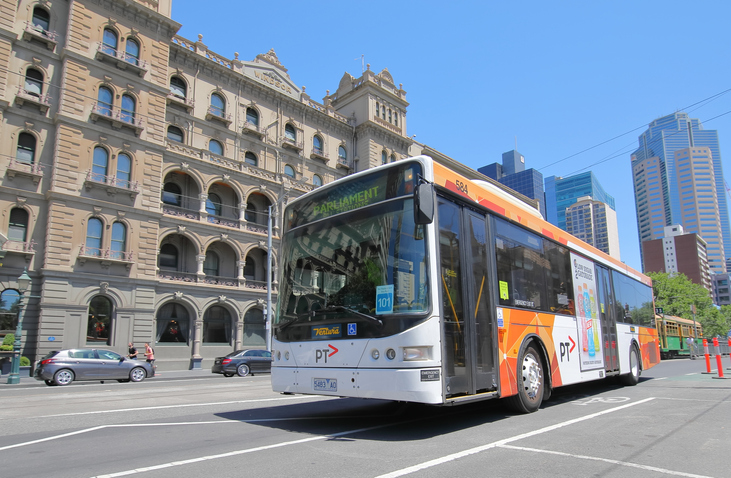What can digital disruptors like Uber and Amazon teach governments about public transport?

That was one of the topics discussed at a recent webinar on revolutionising public transport hosted by the Public Transport Association Australia and NZ (PTAANZ) and transport management software company Optibus.
Panellist Catherine Rooney, executive director of mobility and insights at Victoria’s Department of Transport and Planning, believes there are lessons to be learned from the analytics-driven, dynamic model of these companies, and their focus on managing supply and demand.
Governments, on the other hand, are often weighed down by legacy systems, the need for long-term planning, and second-guessing.
Leveraging data
Ms Rooney says the government’s transport data has traditionally been siloed around specific areas – such as roads, public transport, and active transport – which meant tapping into two or three different data systems to understand customer movements.
Her team is currently moving away from that via an integrated data program designed to make decisions in a ‘mode-agnostic’ way.
Integrated data isn’t just about improving the customer experience, she adds, but about making better designs about where in the public transport to invest what amounts to hundreds of millions of dollars a year.
The department is also leaving behind legacy systems.
“We still stand on platforms with clickers counting the number of people getting on and off trams,” Ms Rooney said.
But she says that’s slowly being replaced by technology like sensors and CCTV, which offer a more day-to-day operational view.
“Origin-destination is the golden goose for us – working out where people are coming from and where’ they want to go,” she says.
“There are privacy considerations, but things are evolving which will give governments a much clearer view of where the need is and being able to target investment and services. In the past we’ve been a bit in the dark.”
Collaboration
Ms Rooney would also like to see more collaboration in public transport – both with operators and among different jurisdictions.
She says the public sector needs to unpick its adversarial approach towards contracts and understand that many operators have experience governments can tap into.
“We need to partner with our operators and have a team approach rather than adversarial contract management scenario,” she said.
Cross-jurisdictional collaboration is particularly important in the data and digital space.
“I’m very keen that the eastern seaboard at least can collaborate on things like requirements and standards so that we’re all singing from the same song sheet,” she said.
“I don’t think that needs to be a formal thing that government signs up to, but certainly as bureaucrats we can be of like mind and try and get together and make better outcomes for everybody if we’re not doing different things everywhere.”





Do some research in to the NSW and Victorian ‘on demand community buses’ of the 1980s. This was routes that an intending telephoned the depot and the bus would pick up the passengers at the at the designated stops.
It was a pilot program.
The term ‘disruptive technology/innovation’ is thrown around these days without proper research into past methods.
History did not start with McDonalds